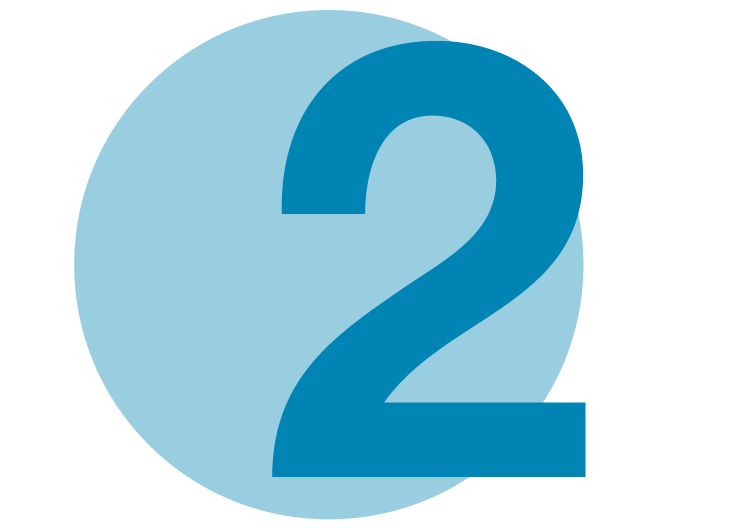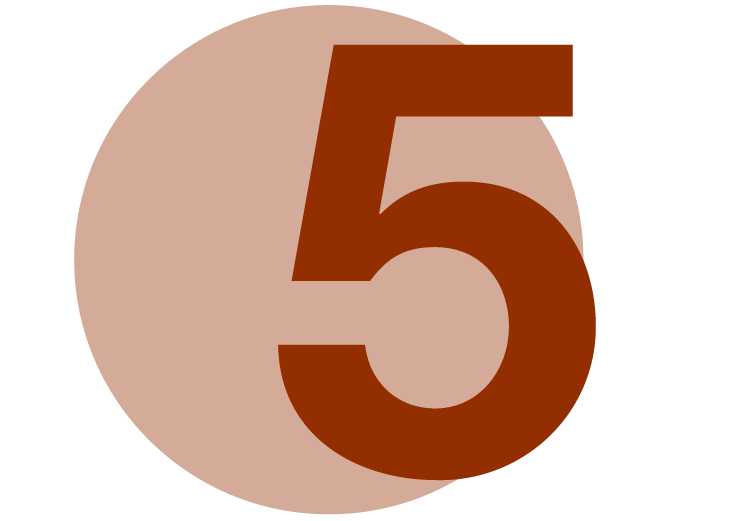Overview
In French immersion language arts and literature, students develop the ability to communicate in French as an additional language. Students read, write, listen, speak, view, represent and use strategies for understanding and communicating clearly and fluently in a variety of situations.
By exploring a wide variety of texts from local, national and international sources, students are exposed to diverse viewpoints and cultural experiences. Students enrich their understanding of the Francophonie around the world, develop open-mindedness, and increase their sense of belonging to various communities.
French immersion language arts and literature allows students to experience Canadian linguistic duality, to develop a positive image of their own bilingual/multilingual identity, and to experience the cognitive and social benefits of learning a new language.
What is new: March 2023
The new Kindergarten to Grade 6 (K to 6) French immersion language arts and literature curriculum is ready to move into classrooms, starting with Kindergarten to Grade 3 in September 2023. School authorities may choose to implement Grades 4 to 6 in September 2023 or wait until September 2024. Review the information below to see:
- how draft content becomes new curriculum
- a comparison between current and new curriculum
- a snapshot by grade of what students will learn in the new curriculum
Resources (updated April 2024)
- How to use new.LearnAlberta.ca (video)
- Read the new and draft K to 6 curriculum on new.LearnAlberta.ca
- Download the new K to 6 curriculum fact sheets
- Download the draft K to 6 social studies curriculum fact sheet
From draft to new curriculum: Content update summary
Current and new curriculum comparison
The following list shows how elements in the current K to 6 French language arts curriculum, published in 1998, compare to the new curriculum. The comparisons provide examples and do not represent all the changes that were made.
| Current curriculum (1998) examples | New curriculum (March 2023) examples | |
|---|---|---|
| Learning French as an additional language | There are limited opportunities for students to learn the value of learning French. The relationship between a student’s first language and French is only referenced in Kindergarten. | There are opportunities to develop a sense of belonging and a bilingual/multilingual identity throughout the curriculum. There are clear references to similarities between languages to support students’ learning of French. |
| Oral communication | Oral language is generally addressed through listening and speaking. | There are clear expectations for students to develop oral language skills by understanding, speaking, interacting, and collaborating. |
| Phonological awareness The ability to identify and manipulate sounds in oral language | There is a limited emphasis on recognizing and manipulating sounds. | There is a strong emphasis on spoken sound recognition and manipulation in Kindergarten to Grade 2 to support reading and writing skills. |
| Phonics | There is a limited emphasis on understanding the relationship between sounds and letters (phonics). | There are clear expectations for students to learn phonics from Kindergarten to Grade 4 then apply this learning to reading and writing in later grades. |
| Vocabulary | There is limited emphasis on learning skills that help to develop vocabulary. | Students learn to develop and use vocabulary through understanding word formation, meaning, and spelling. |
| Reading | Reading comprehension strategies are not presented in a clear progression. There is limited emphasis on literary works from diverse sources. | Reading comprehension strategies follow a clear progression to enable students to understand information and ideas. There are opportunities to explore a variety of traditional, classical, and contemporary works from local, national and international sources across K to 6. |
| Text | The term text is not clearly defined. There is limited emphasis on the function, characteristics, and structure of texts. | The term text is clearly defined to be more inclusive and diverse and to support digital and non-digital learning. It includes information and ideas provided in books, reports, websites, media, diagrams, pictures, oral stories and more. The functions, characteristics, and structures of various forms of fiction and non-fiction texts are clear and explicit. |
| Writing | The writing process is not clearly defined or developed. | The writing process is clearly and explicitly developed to support fiction and non-fiction writing. |
| Grammar | Content is not clearly defined and is based on traditional French grammar. | The new French grammar is presented in a clear and detailed sequence and supports learning a new language. |
Snapshot by grade
In new K to 6 French immersion language arts and literature curriculum, students will explore content that develops essential skills for communicating, learning, reflecting and making connections with others.
Note: Examples are loose translations that capture the meaning of the original French text rather than word-for-word translations.
-
 Kindergarten
Kindergarten- Explore verbal and non-verbal language to show understanding and communicate using a few familiar words in French.
- Make connections between French words and their meaning.
- Recognize connections between spoken and written language.
- Notice clues to support a general understanding of messages.
- Recognize letters and a few French words.
- Communicate ideas in different ways.
-
 Grade 1
Grade 1- Experiment with listening to understand and speaking French on very familiar topics.
- Use new words and make connections between spoken and written language.
- Manipulate sounds, syllables and words when speaking.
- Make connections between letters and the sounds they represent to develop reading and writing skills.
- Use clues to understand short message on familiar topics.
- Represent ideas using a few sentences and referring to examples.
-
 Grade 2
Grade 2- Identify the overall meaning of spoken messages on familiar topics.
- Speak using basic French sentences on familiar topics.
- Recognize spelling patterns and use new words to communicate.
- Make connections between letters and the sounds they represent to read and write.
- Explore the organization and features of fiction and non-fiction texts.
- Demonstrate an understanding of the overall meaning of messages in short fiction and non-fiction texts.
- Write short fiction and non-fiction texts to express ideas, using basic sentence elements.
-
 Grade 3
Grade 3- Identify important ideas within spoken messages on a variety of familiar topics.
- Speak in French on a variety of familiar topics in spontaneous and structured communication situations.
- Use knowledge of words, letters and sounds to expand vocabulary.
- Identify features and structures within different types of written texts.
- Use reading strategies and demonstrate understanding of fiction and non-fiction texts.
- Use the writing process and basic sentences to express ideas in fiction and non-fiction texts.
-
 Grade 4
Grade 4- Speak and understand messages on a variety of topics in different contexts.
- Use knowledge of words, letters and sounds to support understanding and communication.
- Recognize text types based on purpose, features and structure of fiction and non-fiction texts.
- Apply reading strategies to understand a variety of fiction and non-fiction texts.
- Use the writing process and complete sentences to express ideas in fiction and non-fiction texts.
-
 Grade 5
Grade 5- Listen to and understand the main and secondary ideas in spoken communications.
- Communicate consistently in French in spontaneous and structured situations, considering the topic, intent and context.
- Examine the characteristics and structure of texts.
- Select and apply comprehension strategies and demonstrate understanding of various texts.
- Consider texts and purpose to generate, plan and write ideas using sentence grammar.
- Set personal language learning goals.
-
 Grade 6
Grade 6- Interpret the meaning of messages in spoken communications based on the topic, purpose and audience.
- Speak consistently in French and consider strategies for improving language skills.
- Analyze words to enrich vocabulary, comprehension and expression.
- Use comprehension strategies to analyze and interpret various genres and types of texts.
- Generate, plan and write ideas, respecting text form requirements and sentence grammar.
- Demonstrate perseverance in the pursuit of personal goals.